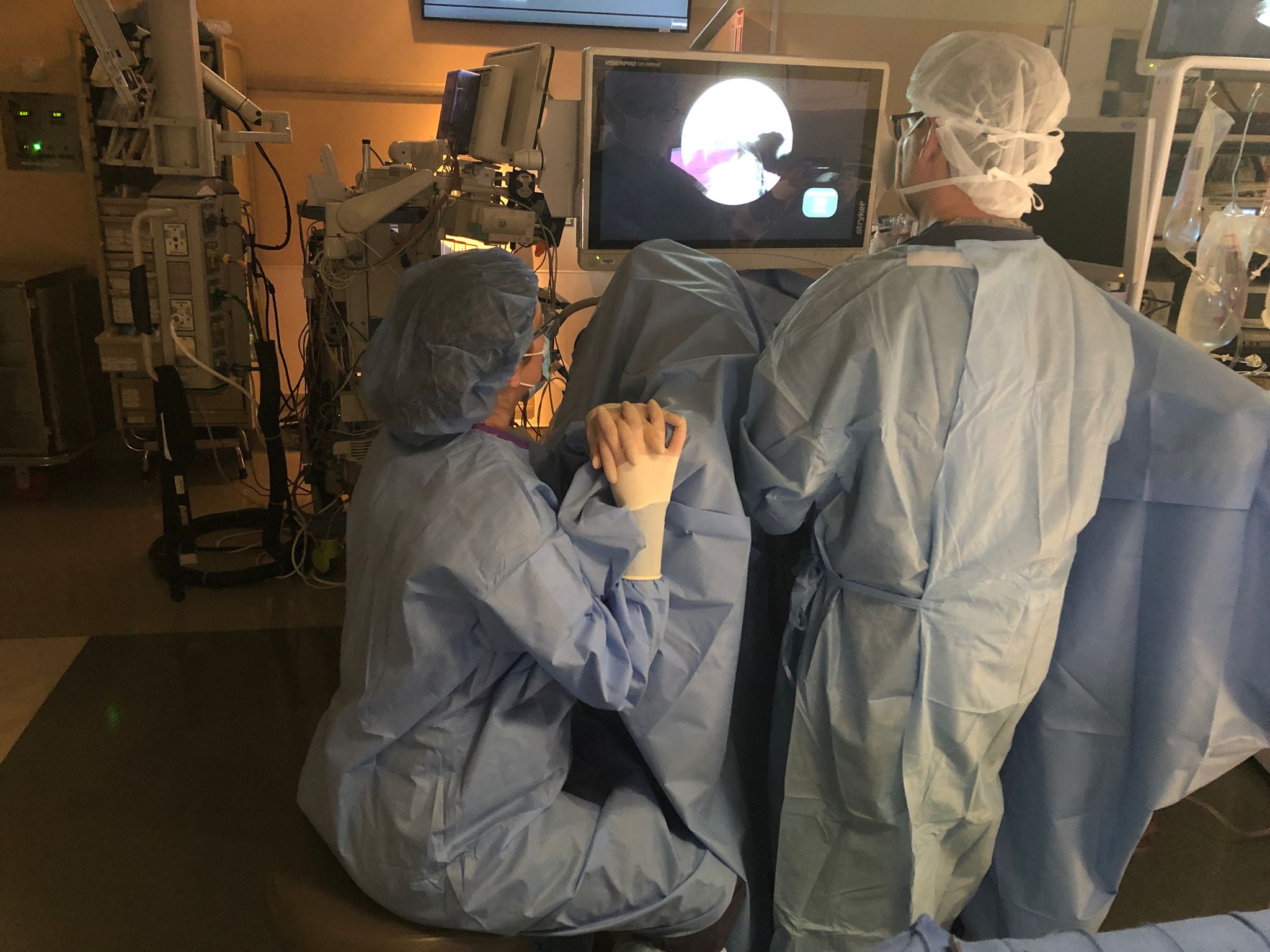G. Hsu

SCOPE: Review of the pressure induced complication during TURP and TURBT.
Unregulated bladder pressure during Transurethral Resection of Bladder Tumor (TURBT) and Transurethral Resection of the Prostate (TURP) procedures can lead to fluid absorption, bladder perforation, and postoperative spasms—all of which can create complicated treatment or even surgical revision. Recent peer-reviewed evidence (Tokas, Theodoros & Ortner, Gernot & Herrmann, Thomas & Nagele, Udo. 2021) shows that intraoperative monitoring of intravesical pressure (IVP) during procedures leads to improved results and fewer post-op complications1 . Avoiding persistent post-op problems, like Catheter-Related Bladder Discomfort (CRBD), and enhancing postoperative recovery starts with providing surgeons the tools they need to manage IVP in addition to pressure monitoring2

TURBT and TURP procedures can cause fluid absorption of over 1 liter, making IVP monitoring even more important. Every patient responds differently to irrigating fluid, with absorption rates dependent on the type of procedure, as well as the length of the procedure. In prolonged procedures, how can surgeons make use of data about a patient’s IVP changes if the tools in their hands don’t offer any options for remediating sudden increases in pressure? With complications occurring in roughly 10% of all TURBT and TURP cases, it’s worth looking for solutions to avoid complications related to patients with high IVP pressure during procedures with extended duration (Osman Y et al, 2023).

The Aulea system addresses this gap by enabling physicians to monitor and actively control pressure throughout a case. With multiple tools to stabilize intravesical pressure, both by managing the flow of irrigation and by removing fluid via suction, Aulea means a safter procedure for the patient with lower risk of complications3 . Make sure your OR is equipped with Aulea to treat TURBT and TURP cases with advanced IVP monitoring and the tools you need to react dynamically, with active suction and irrigation fluid flow management when you need it most.
1 Tokas, Theodoros & Ortner, Gernot & Herrmann, Thomas & Nagele, Udo. (2021). Relevance of intravesical pressures during transurethral procedures. World Journal of Urology. 39. 10.1007/s00345-020-03401-x.
2 Osman Y, Elawdy M, Taha DE, Zahran MH, Abouelkheir RT, Sharaf DE, Mosbah A, Ali-El Dein B. Bladder perforation as a complication of transurethral resection of bladder tumors: the predictors, management, and its impact in a series of 1570 at a tertiary urology institute. Int Urol Nephrol. 2023 Sep;55(9):2161-2167. doi: 10.1007/s11255-023-03638-6. Epub 2023 Jun 15. PMID: 37318699; PMCID: PMC10406724
3 Markopoulos T, Katsimperis S, Lazarou L, Tzelves L, Mitsogiannis I, Papatsoris A, Skolarikos A, Varkarakis I. Bladder Spasm Discomfort After Transurethral Surgery: A Prospective Observational Study of Preoperative, Intraoperative, and Postoperative Predictive Factors. Cureus. 2025 May 20;17(5):e84508. doi: 10.7759/cureus.84508. PMID: 40400652; PMCID: PMC12092756.
Relevance of intravesical pressures during transurethral procedures by Tokas, Otner, Hermann, and Nagele. (World Journal of Urology, June 2021) https://www.researchgate.net/publication/343542550
Bladder perforation as a complication of transurethral resection of bladder tumors: the predictors, management, and its impact in a series of 1570 at a tertiary urology institute by Osman, Elawdy, Taha, et al. (June 2023) https://pmc.ncbi.nlm.nih.gov/articles/PMC10406724/
Bladder Spasm Discomfort After Transurethral Surgery: A Prospective Observational Study of Preoperative, Intraoperative, and Postoperative Predictive Factors by Markopoulos, Katsimperis, Lazarou, et al. (May 2025) https://pmc.ncbi.nlm.nih.gov/articles/PMC12092756/
Back to News